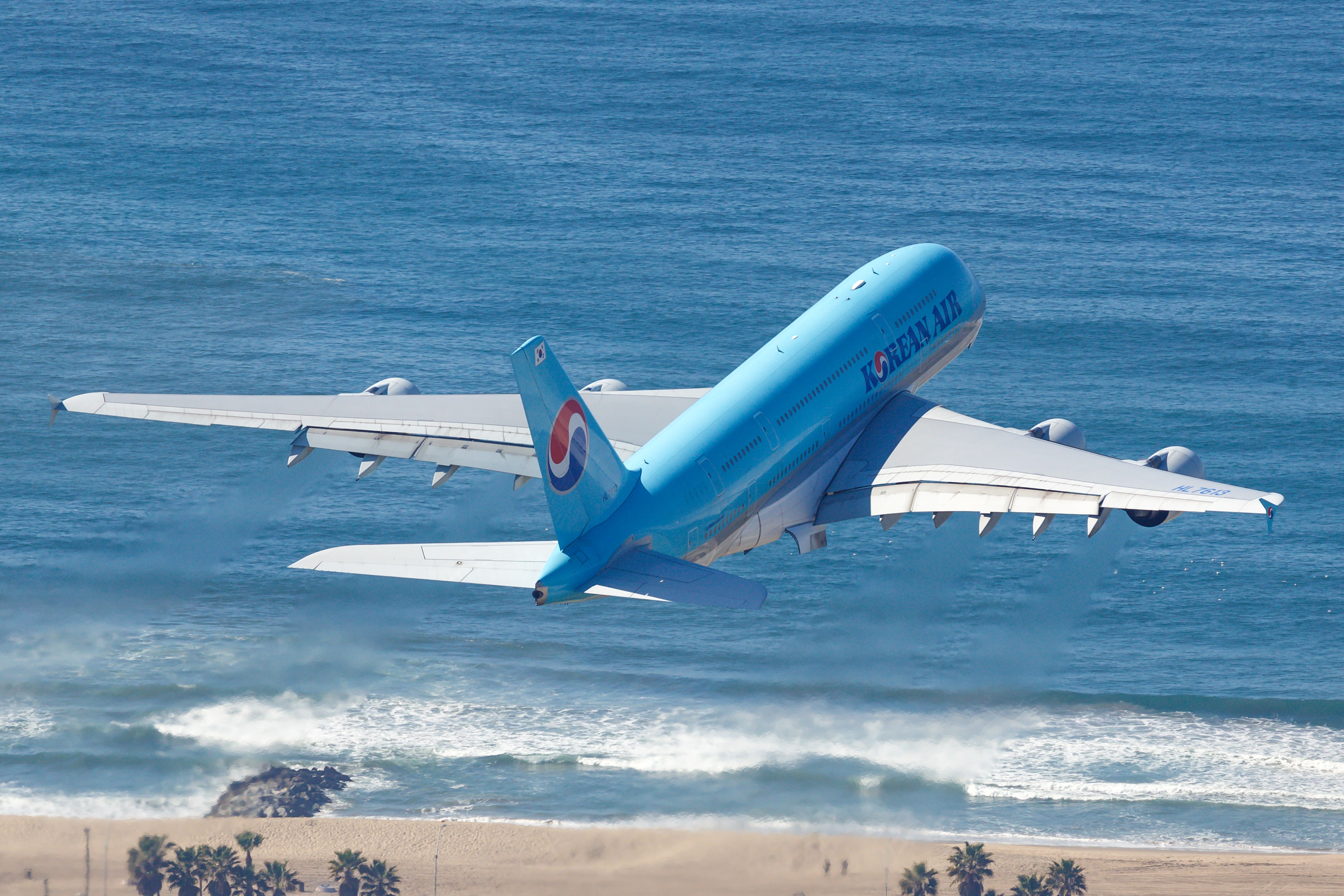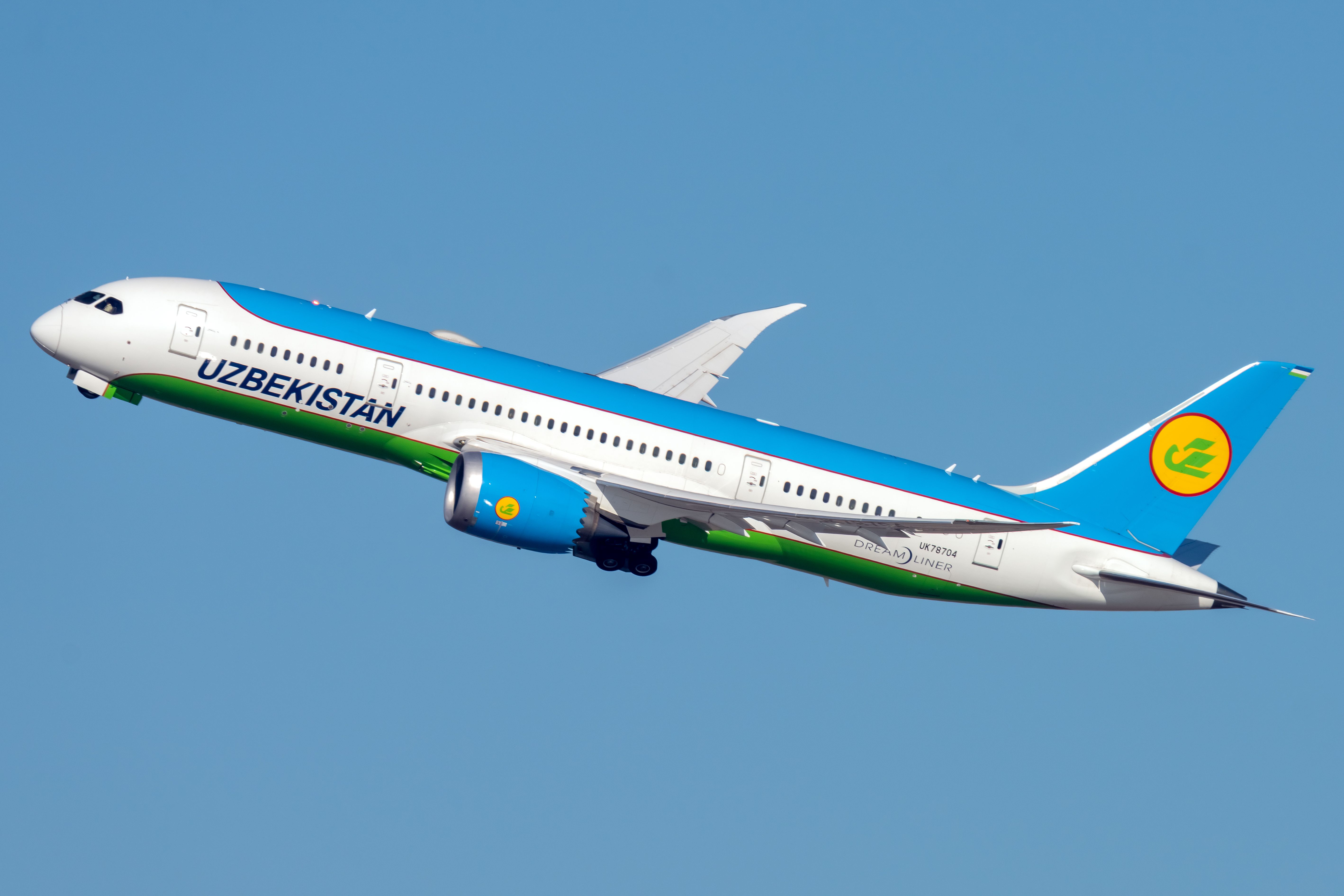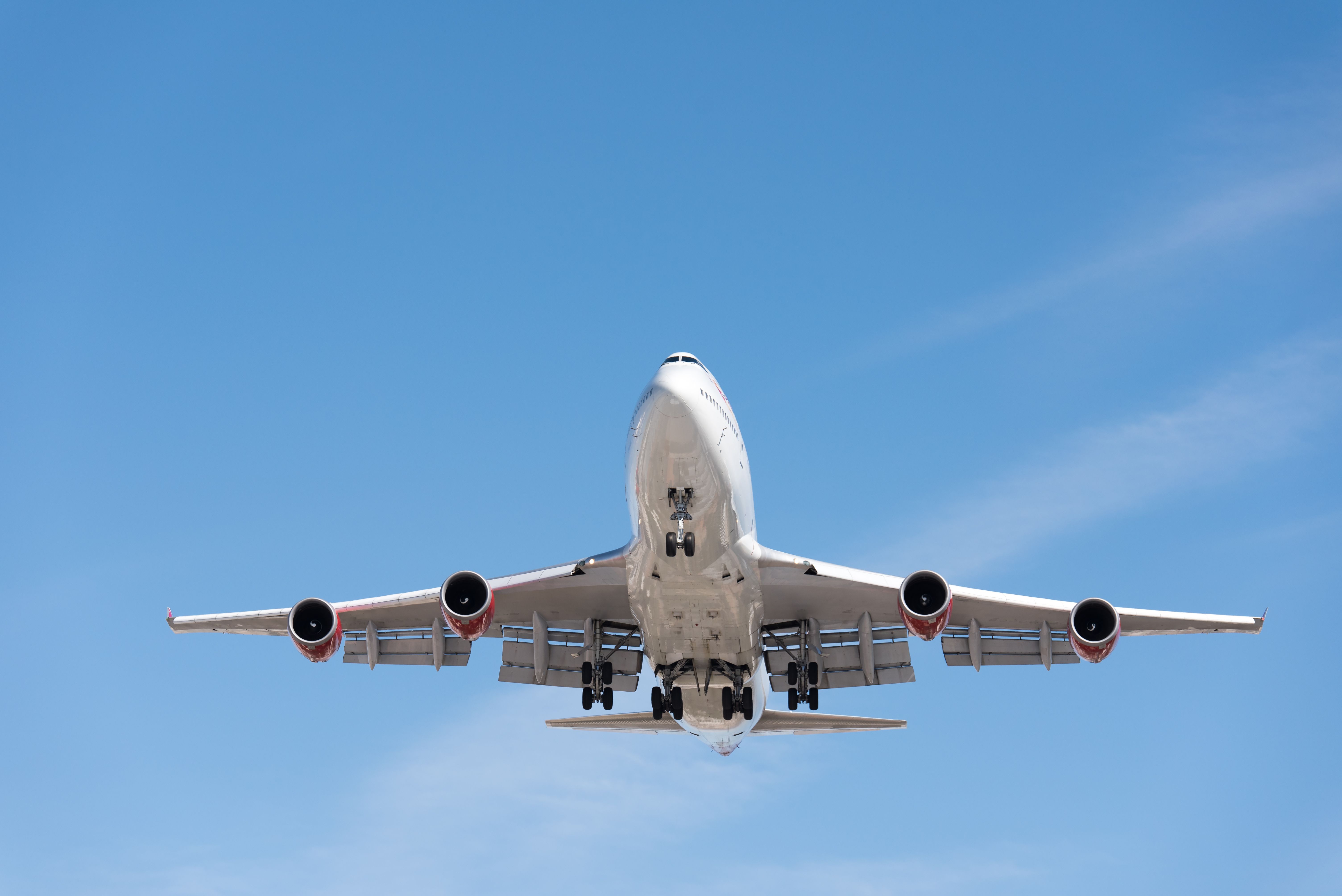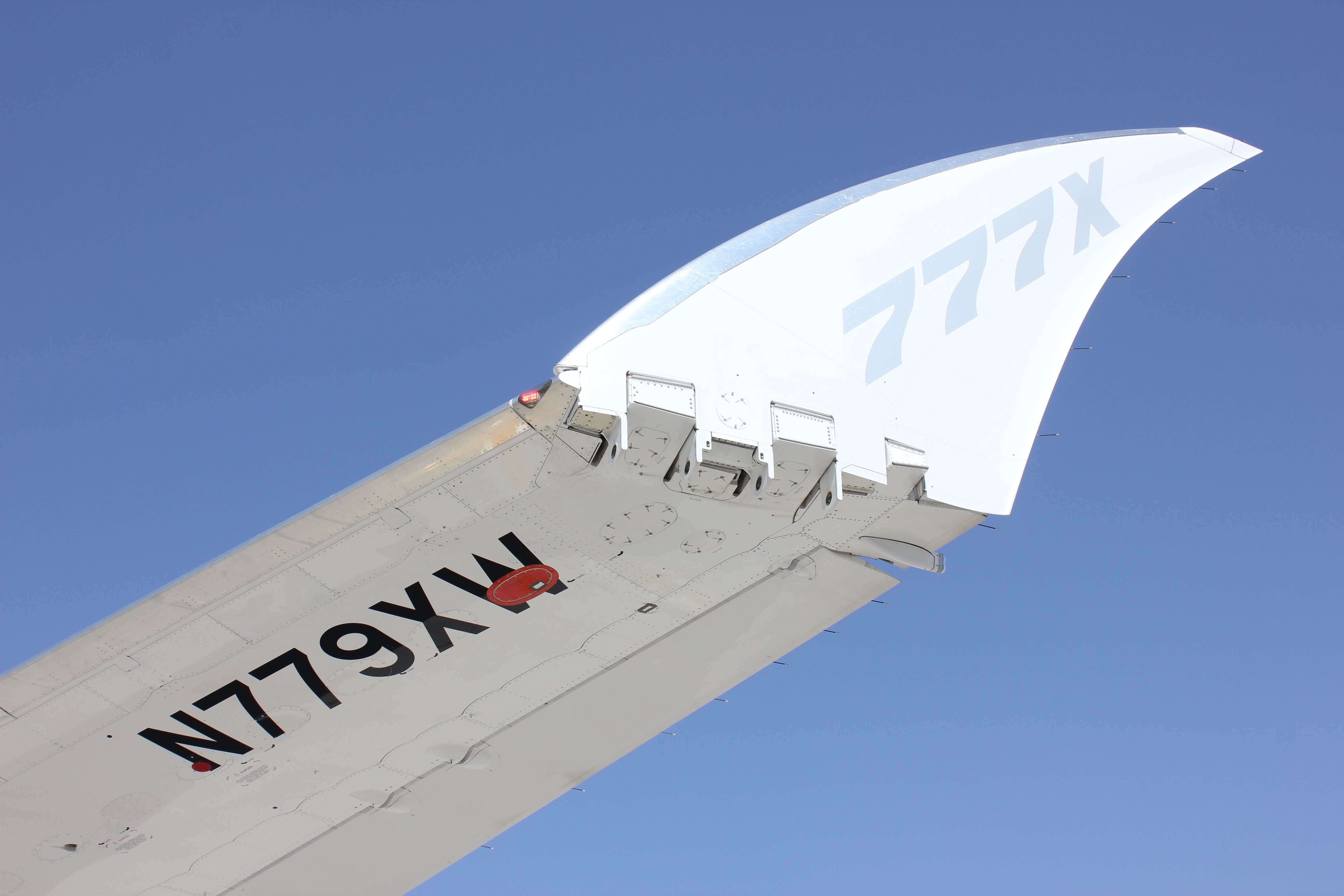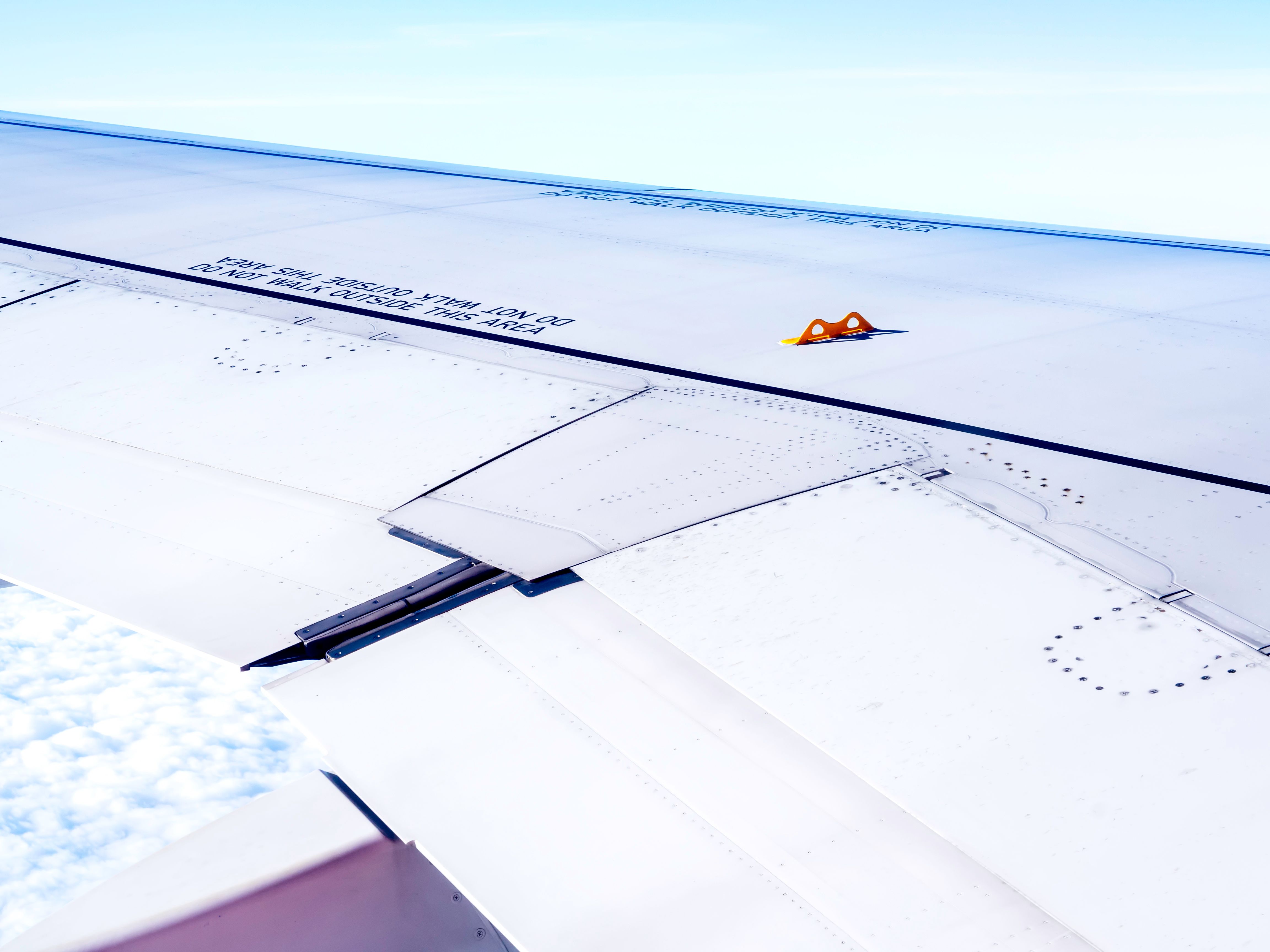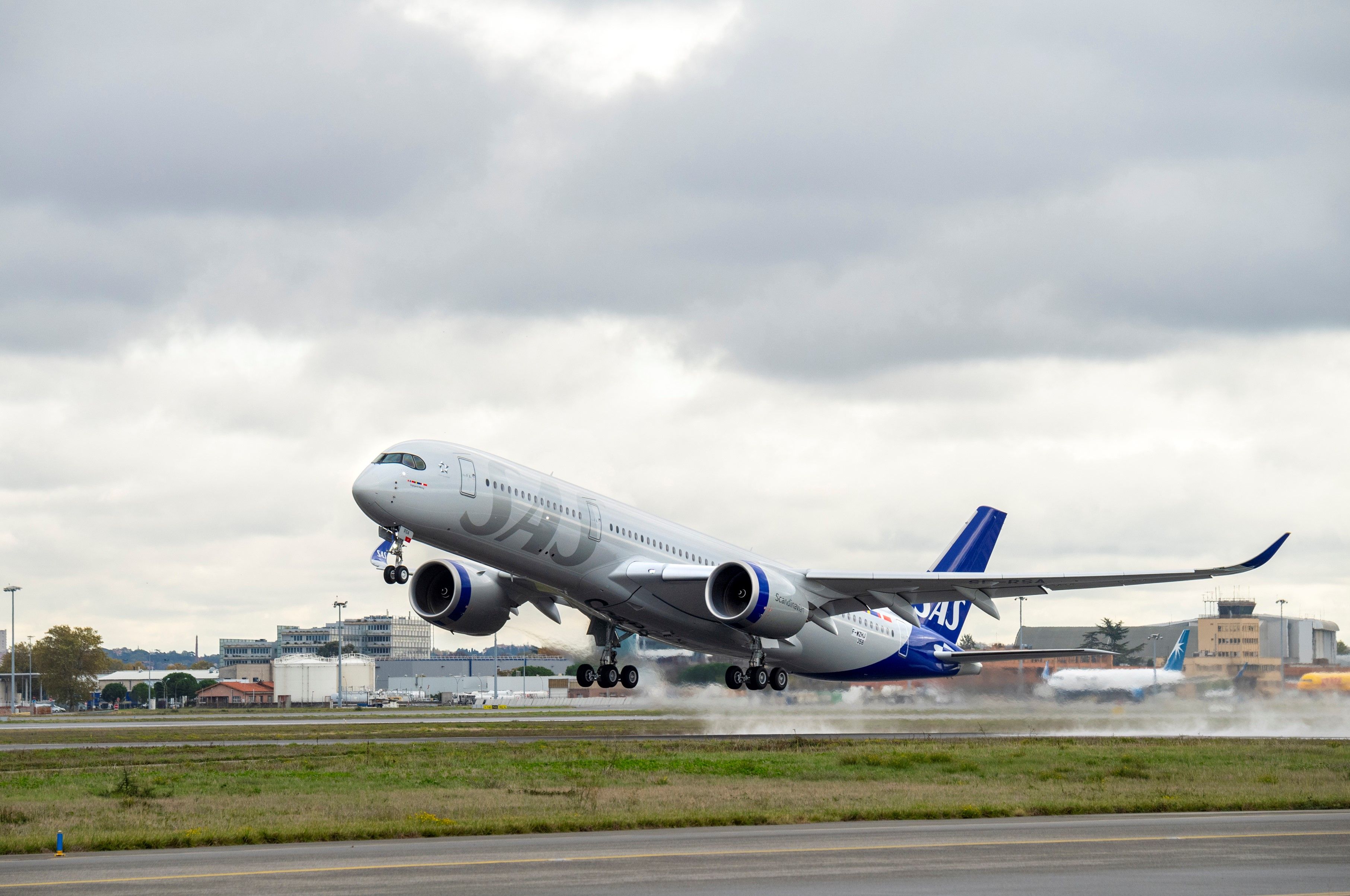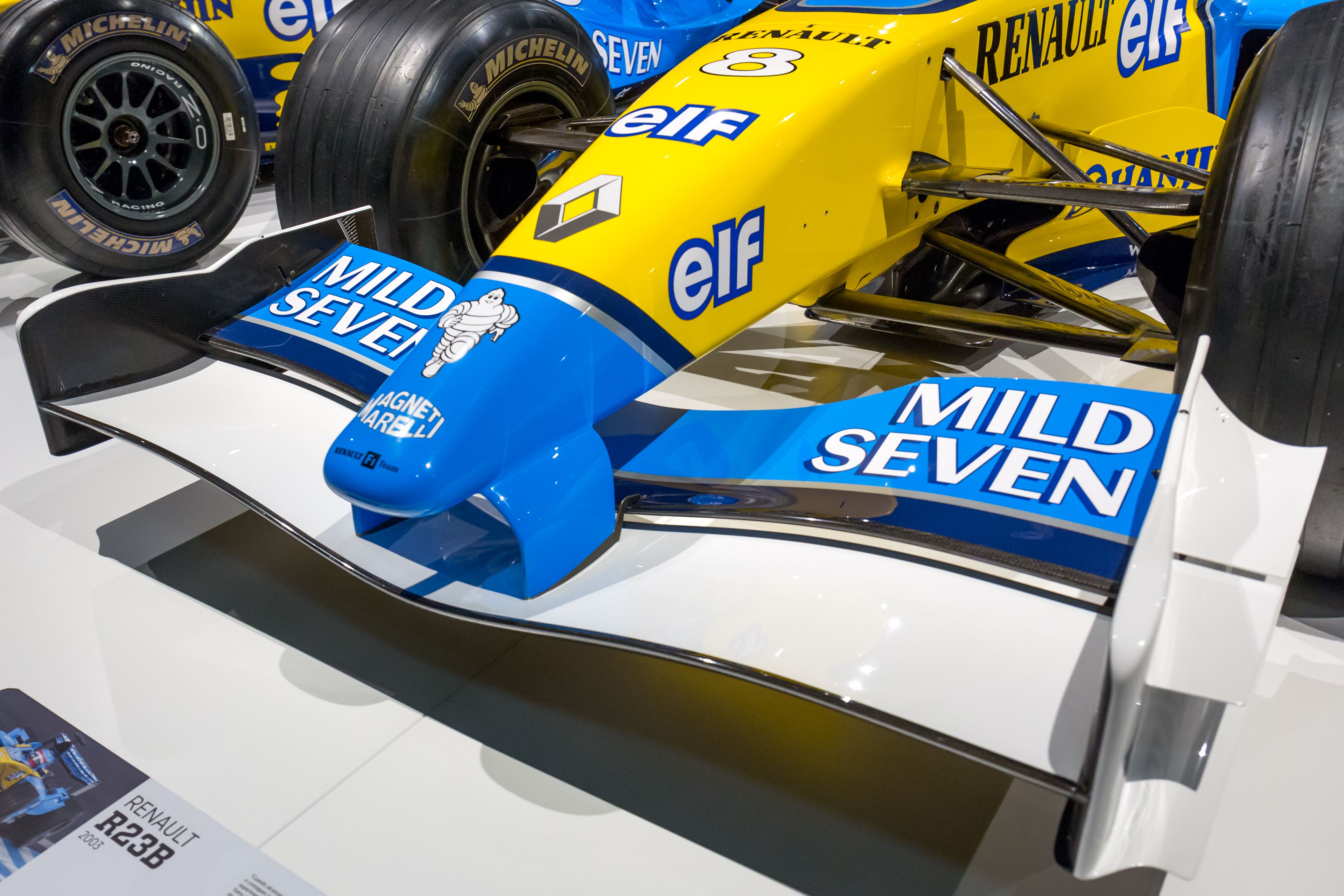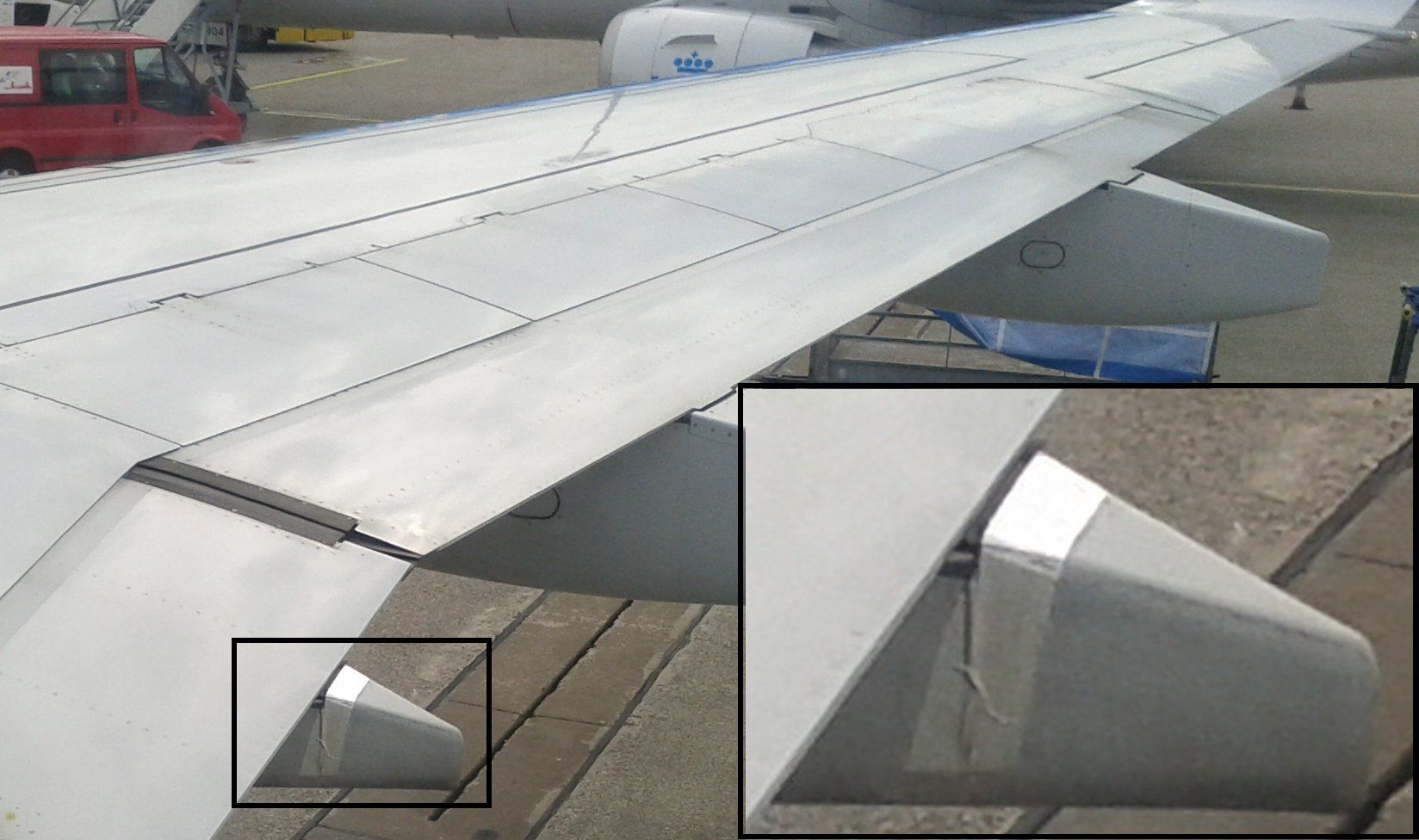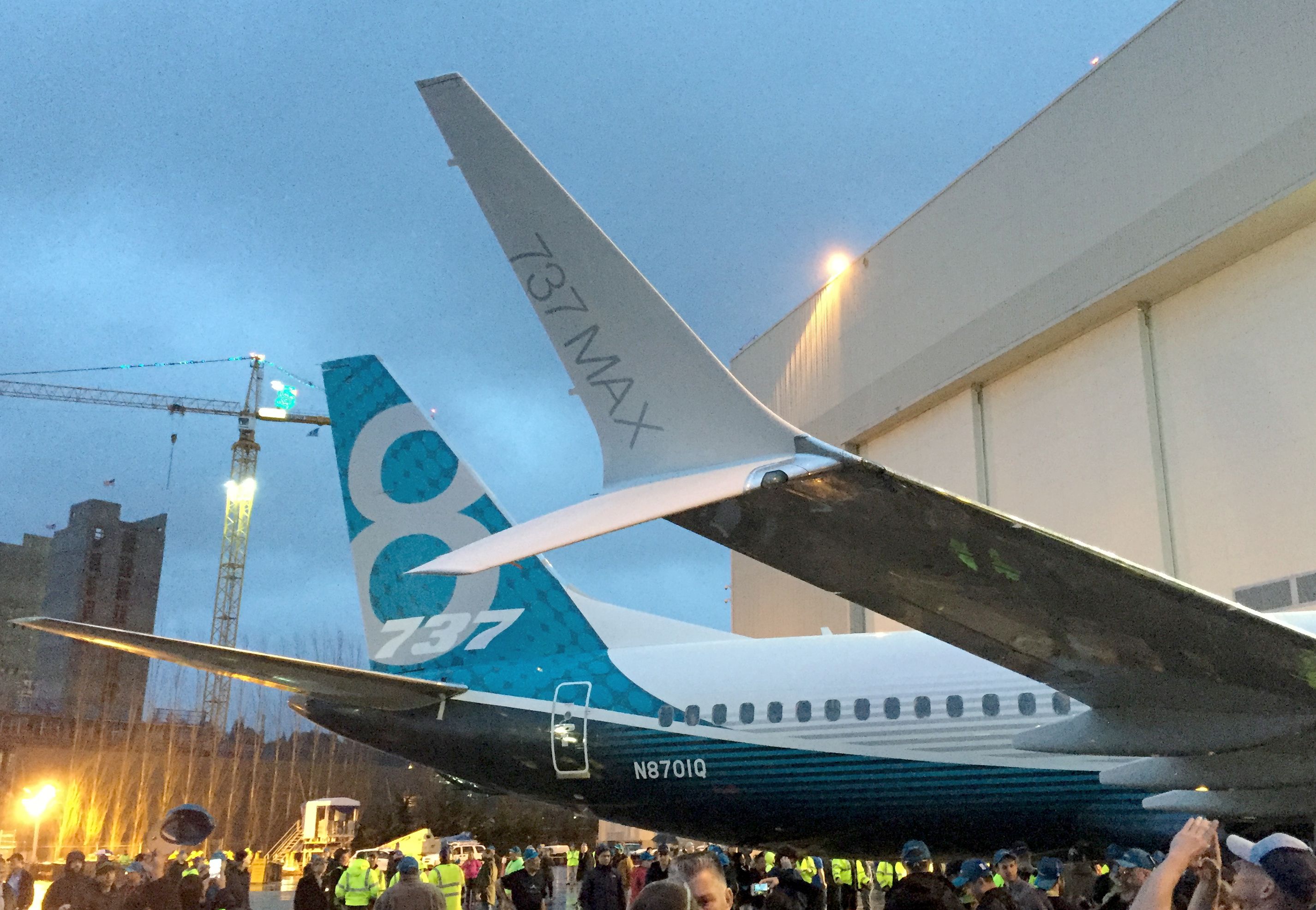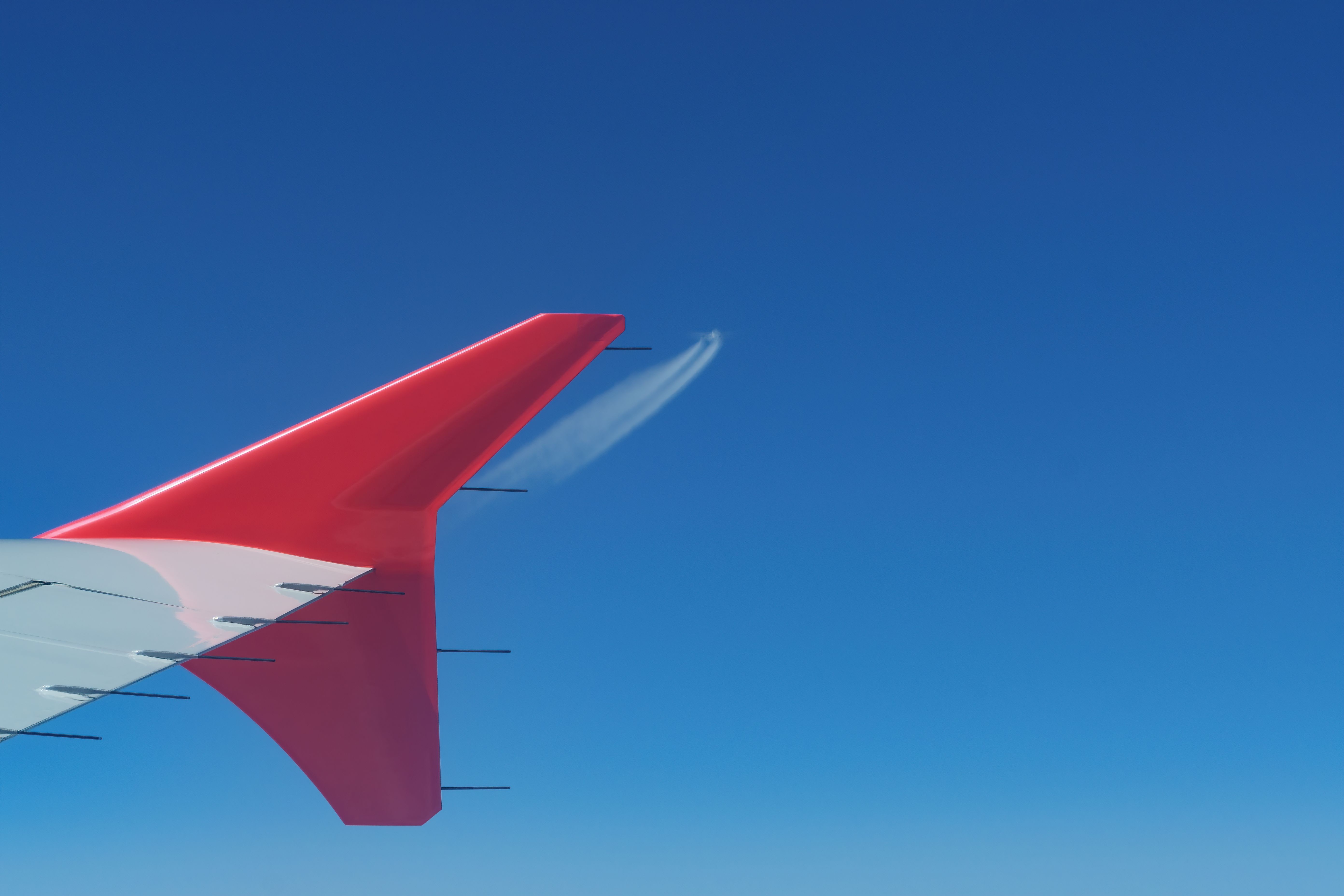Wings are among the most significant structural components of an aircraft. While the primary purpose of the wing is to produce lift, it also aids in structural stability, maneuverability, and fuel storage. We bring for you eight (plus a bonus) interesting facts about aircraft wings.
1 Wings are designed to flex during flight, by a lot!
Airplane wings are manufactured using aerospace-grade aluminum alloys or carbon composites. The new generation wings on the Airbus A350 and Boeing 787 are made of carbon fiber composites. The wings may look like some of the most sturdy components of the structure, those are designed to flex a lot during flight.
The 787 wing can flex upwards by over 16 feet (5 m) during takeoff. The flexibility dampens varying loads and wind gusts, resulting in a smoother, less turbulent flight. During the 787’s wing load test, Boeing engineers replicated 150% of the most severe in-flight loads. That resulted in a wing flex of approximately 25 feet (7.6 meters) during the test.
2 Wings can be extended during flight
Wings are designed with different kinds of extensions that are used during critical phases of flight. Extensions can be on leading edges (slats) or on trailing edges (flaps) of wings. Slats generally improve the airflow at high angles of attack and low airspeeds to improve handling and delay the stall. Flaps are used to increase the wing area to increase lift at low airspeeds. When not needed, wing extensions are retracted to reduce the total aerodynamic drag.
3 The longer the better
It is a known fact that the larger the wing in spanwise length, the smaller the coefficient of drag is. It is because the farther away the wingtip is from the root (fuselage), the effect of lift-induced drag is minimal. However, the wingspan of commercial airliners is restricted by airport gate constraints. That is the primary reason Boeing designed the folding wingtips on its 777X aircraft. The tips fold during taxi and at the gate to comply with regulations and extend just before the flight to gain better performance.
When airborne, the Boeing 777X has a wingspan of 235 ft 5 in (71.75 m). However, when the wingtips are folded, their span is reduced to 212 ft 7 in (64.85 m). Airbus is working on the Wing of Tomorrow (WoT) which would be much longer and more slender than current wings. Airbus also believes that folding wings are the way to the future in order to comply with airport constraints.
4 Most wings have external hooks mounted for emergency
An essential safety feature onboard most commercial aircraft wings is a small set of hooks on the lifting surface. The over-wing emergency exits, when deployed, also deploy a rope to be tied to the hooks. During emergencies, the rope guides passengers toward safety and also to life rafts in case of a water landing. The other side of the hook is used to tether the life raft to the aircraft to help people get aboard easier.
5 Wings have different curvature on top and bottom surfaces
An aircraft wing generates lift by achieving a pressure difference between the upper surface and lower surface of the wing. The top surface is typically rounded, and the bottom is flat. As the high-speed air passes through the wing, higher pressure is built underneath the wing, and lower pressure over the wing, resulting in positive lift.
6 The Formula 1 car design is inspired by aircraft wings
With the differing top and bottom wing surfaces, if the wing is inverted, the effect is the opposite, and the wings would naturally generate downward force instead of lift. In 1976, Colin Chapman and his team set out to design and build what would become a revolutionary new Formula 1 car, the Lotus 78. The team discovered that the ground effects are based on the same principle as an aircraft wing.
They experimented an inverted wing shape under the side pod of the car. The design effectively augmented the ground effect and held the car closer to the ground, resulting in better traction and maneuverability.
7 Can wings be fixed with speed tape?
Have you ever seen ground personnel applying tape on the wing surface? Or pieces of tape stuck to the wing? It isn’t there to fix damage, but instead, it is a speed tape. It is applied to smoothen any rough surfaces discovered during pre-flight inspections.
While nothing critical, the heavy-duty aluminum tape with a strong adhesive surface prevents the worsening of the surface and improves the aerodynamic performance during flight. If the roughness or damage is deemed critical to the safety of flight, more permanent maintenance is performed.
8 Wings are made of specialized materials
Various specialized surface and coating materials are used on aircraft wings to enable laminar flow and prevent wear due to extreme environmental conditions. Boeing introduced laminar flow profiles on the leading edge of winglets on the 737 MAX. The Advanced Technology (AT) winglets address the drag through their split-scimitar design and the use of specialized materials.
The winglet design includes precise machining and the use of specialized surface materials, coatings, and exterior paint. These measures enable a smoother laminar flow over the winglet at high speeds.
Interested in similar content? Check out our complete guides section here.
Bonus: Wings got a few hair sticking out
During flight, the aircraft experiences static charge due to lightning or other environmental conditions. The static charge must be dissipated, and the tiny rods sticking out of the trailing edge of the wings do that job. They are made up of hundreds of cotton fibers which are impregnated with graphite wrapped into a cylinder about the thickness of a soda straw.
The static wicks, riveted to the trailing edge of wings, work by attracting the static charge, allowing electrons to flow off the aircraft and back into the atmosphere. This effectively discharges static from the aircraft, preventing interference with radio equipment and avoiding a buildup of charge on the plane's surfaces. Depending on the type and size of the wing, five, ten, or more static wicks are installed on each wing.
What are your thoughts on the interesting facts about aircraft wings? Tell us in the comments section.

